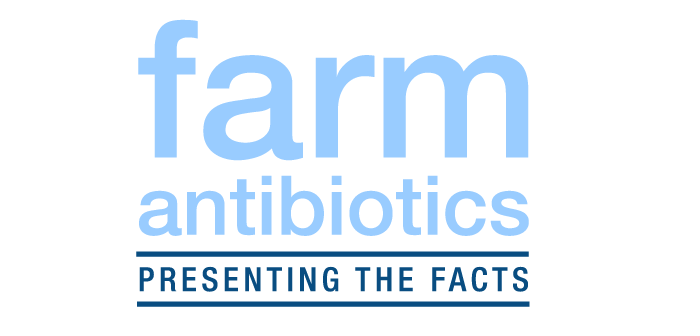RUMA has welcomed the summary conclusions from a European Medicines Agency (EMA) and European Food Safety Authority (EFSA) joint opinion on EU measures to reduce antimicrobial use in animals, and especially the recognition that there is no ‘one-size-fits-all’ solution.
RUMA chair Gwyn Jones said the detail in the opinion was yet to be fully digested but it was positive that the two agencies acknowledged different situations required different approaches, with the main recommendations also suggesting UK farming was on the right track.
“The acknowledgement that there is no perfect system and each local situation needs its own multifaceted approach to reducing use of antimicrobials is refreshing,” said Mr Jones.
“There has been a tendency for critics to promote alternative farming systems or demand blanket implementation of rules in other countries, when what we actually need is to reduce use in a sustainable way that safeguards animal welfare.”
Mr Jones added that the UK is already well on the way to achieving the target set by Government to reduce antibiotic use by almost 20% by 2018; the 10% reduction in the latest available sales figures for food-producing animals underlined this. Sector-specific goals were also being developed through RUMA’s specially-set up Targets Task Force, due to define meaningful objectives for the main livestock sectors by the end of 2017.
“Collection of usage data has been taking place for over five years in the poultry meat sector and is increasing rapidly in the pig sector,” he said. “Collecting records in the sheep and cattle sectors is more challenging due to the large number of smaller producers and current stand-alone data recording, but several solutions are actively being investigated in a multi-stakeholder group that includes the regulator.
“As well as this, huge steps are being taken in terms of biosecurity, disease control and disease prevention. This reflects RUMA’s responsible use guidelines and meets the report’s objective that farming practices which prevent the introduction and spread of disease into farms should be developed.
“In the UK’s case, this is mostly through innovations which allow us to protect the diversity we need in our farm production systems to meet our wide range of consumer preferences.”




